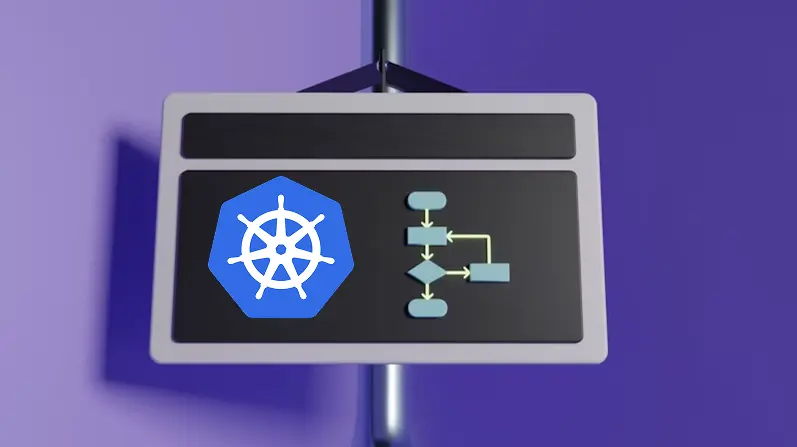

bongoDev
Kubernetes Best Practices for Production - bongoDev
Using Kubernetes in production environments is very powerful, but to get stable performance and reliable services, you need to follow some important best practices. Below are the key areas you should focus on to successfully run Kubernetes in production.
1. Cluster Architecture
Designing a solid cluster architecture helps ensure smooth operations and easy scaling. Consider these factors:
- Node Management: Use proper node pools for different workloads, such as separating application pods from system services to improve performance and reliability.
- Network Policies: Set clear network policies to control which pods can talk to each other. This improves both security and traffic management.
- Storage Configuration: Use appropriate storage classes based on your application needs. Choose between block storage, file storage, or object storage depending on the type of data you are handling.
- High Availability: To avoid downtime, run your applications across multiple nodes and even across multiple zones if possible. This ensures your service keeps running even if one node or zone fails.
2. Security Practices
Security is critical in any production system, and Kubernetes is no different. Follow these practices to keep your cluster safe:
- RBAC Configuration: Use Role-Based Access Control (RBAC) to make sure users and applications only have the permissions they really need.
- Pod Security: Apply pod security standards to restrict what pods can do, such as preventing privileged containers or blocking host filesystem access.
- Network Security: Use network policies and service meshes to monitor and secure traffic inside the cluster.
- Secret Management: Store sensitive data like passwords and API keys securely using Kubernetes Secrets, and avoid keeping them in plain text inside configuration files.
3. Monitoring and Logging
To maintain a healthy cluster, you need visibility into how it’s performing and where problems might occur. These are the essential practices:
- Metrics Collection: Use tools like Prometheus to collect metrics about CPU, memory, and other key performance indicators from your pods and nodes.
- Log Aggregation: Centralize all logs from your pods using tools like Fluentd, Loki, or ELK (Elasticsearch, Logstash, Kibana) so you can search and analyze them easily.
- Alert Configuration: Set up alerts for important events such as node failures, high resource usage, or application crashes so your team can respond quickly.
- Troubleshooting: Always review logs and metrics when you face issues, and use tools like kubectl describe and kubectl logs to investigate problems directly.
By following these best practices, you can build a Kubernetes environment that is stable, secure, and easy to manage — even when your traffic grows or your application evolves.